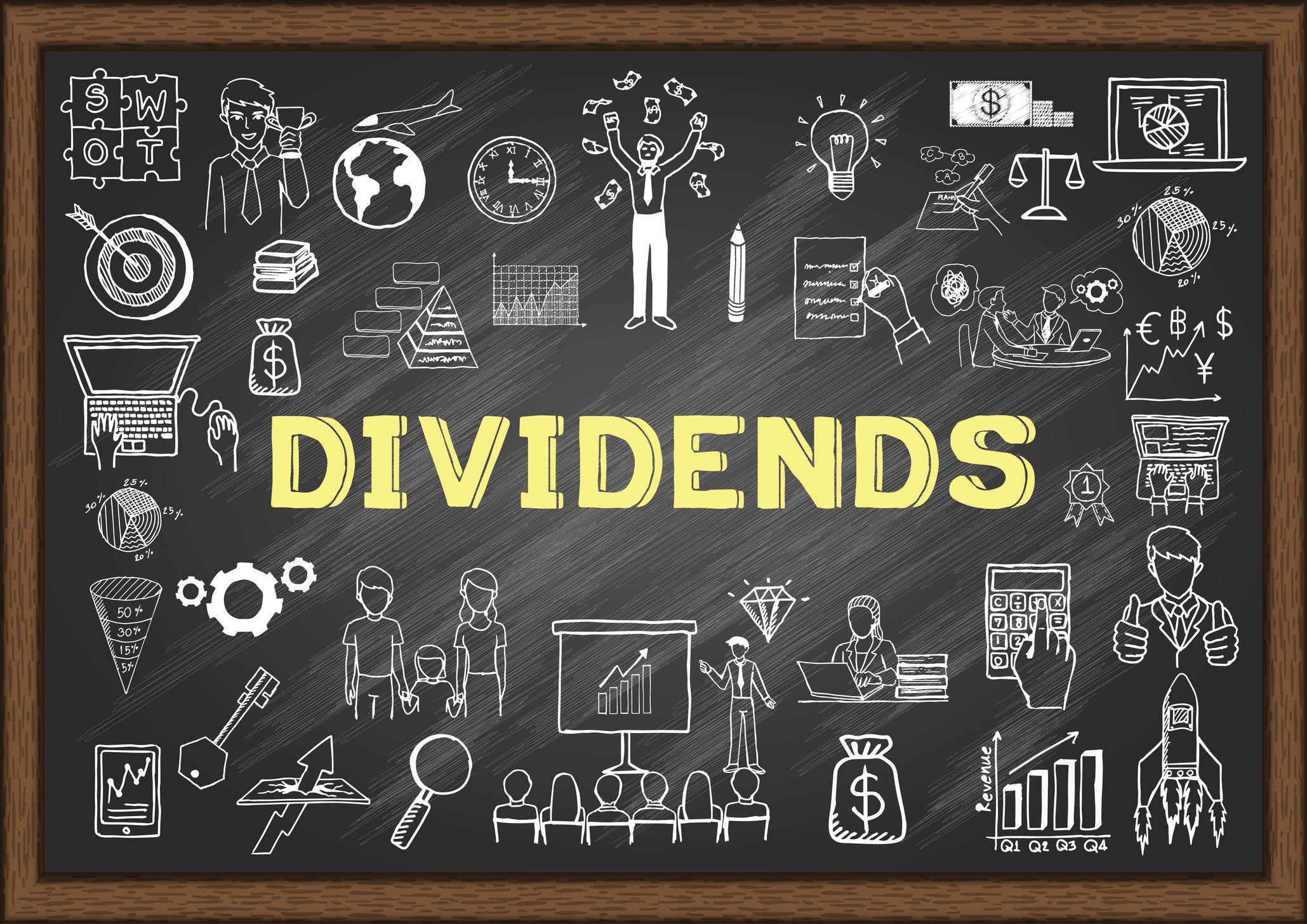How to build a dividend income portfolio to last
We are just about at the end of another challenging year. This pandemic is not showing any signs of going away. We try to adapt as best we can, and our investments keep us going. It’s been a good year for total return. Year to date ours is 28%.
The dividend income portfolio of The Dividend Café is built to provide dividend income to cover all our expenses. The invested capital remains and will hopefully be passed on to the next generation. To accomplish this, we are working on a withdrawal strategy to pay more taxes now and not all in one lump sum at the end.
In times like this with the pandemic and so much uncertainty about the future it is important to be confident that your investments will hold up. If the dividends keep flowing, the price of the shares does not matter so much. In the accumulation years a correction gives you the opportunity to buy at lower costs.
This post is supposed to show how to build this portfolio. We like to keep things simple for the DIY investor. So much is written and discussed about diversification, re-balancing, country bias, emerging markets, fixed income, among others. It can get complicated quickly. For us, keeping it simple has worked very well. There is no re-balancing or anything else to do.
So, we are going to make some assumptions here that may not apply to everyone. Most Canadiens will have some CPP and OAS income for their retirement years. And if you have a work pension even better. This is all fixed income. For us, we considered that to be enough for this asset class.
Now we can concentrate on building our income to cover everything else. The ongoing debate is whether a dividend strategy only, or total return strategy is better. For most of my investing years I believed that a large company that pays consistent dividends and regularly raises them is better managed. It rewards its investors (owners) with part of the profits. Some companies may be better at re-investing these profits than you, but if you receive the dividends, you choose where to invest them. This is the best of both. But if you stick to only companies that pay a good dividend you will miss some opportunities. Technology stocks often pay no dividends but have great returns over time. Think Google, Amazon, Apple, Tesla, etc. Diversity is good. But over diversifying for the sake of being everywhere can also hurt your portfolio. With ETF’s that follow the various market sectors or exchanges you get everything, the good, the mediocre, and the bad. But at least you get the market averages that you may not be able to achieve on your own by selecting individual stocks. For those that do not want to select individual stocks ETF’s is an effective way to go.
So how do you start? Before I tell you what we did and are still doing, I want to give you a couple of links to other bloggers investing strategies that you would do well to follow.
BTSX (Beat the TSX) is a strategy that buys the ten highest dividend paying stocks on the TSX and holds them for a year. Then repeats this process annually. This is my favorite one to recommend to a novice investor. You can find it here.
“As of mid 2021, the 30-year average rate of return using the “Beating the TSX” method was 12.77%. To put this in context, the benchmark index rate of return was 10.17% over the same time.”
Then there is “My Own Advisor” you can find him here. He has a lot of articles about his investment methods and values. You can find everything you need to know about ETF’s and other ways to invest. This website has a lot of subjects and links that make it a bit busy looking. It is about getting a lot of hits. But has a lot of valuable information.
Now to our method of building a dividend portfolio. We start with the banks in Canada. It is by far the largest holding. But with a total return of over a million dollars, how can you go wrong. The next group is Utilities. We have Fortis, Emera, Capital Power, and Duke Energy. Telecommunications is next, BCE and Telus are our favorites. In the oil and gas sector we have pipelines. TC Energy, Pembina, and Enbridge. The rest of this sector is too volatile, and we are now staying out of it. (I am not good at market timing) The rest of the portfolio is made up of Pharmaceuticals, Household Goods, Food & Tabaco, Consumer Goods Conglomerates, Technology, and Insurance. Not all of these pay dividends but at this point we do not need that. BRK.B and Premium Brands are larger holdings here. We do have and ETF for more exposure to technology, The Nasdaq QQQ ETF.
For a portfolio to last you certainly must evaluate the companies you hold and make sure they continue to have the wide moats. (As the Cutthecrapinvesting.com calls them) These are companies that are less assailable by the whims of the market. Changes have to be made from time to time if you do not feel comfortable with a company, or market conditions change. I have certainly made mistakes in the past by holding on too long, and no doubt will make some again. But re-balancing is not something I have ever done. We hold on to the good ones if possible.
That is our Dividend Portfolio.
Merry Christmas Everyone



